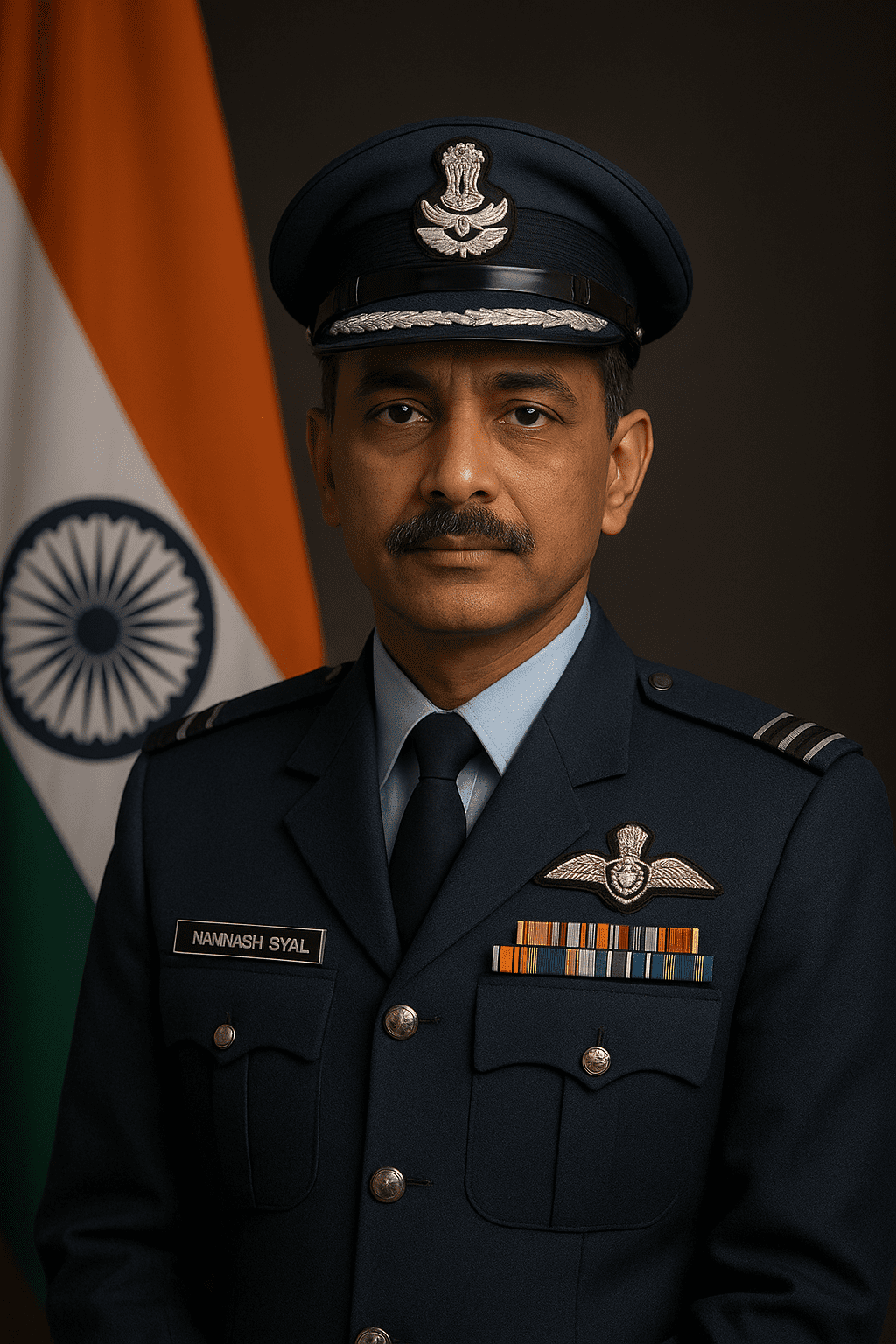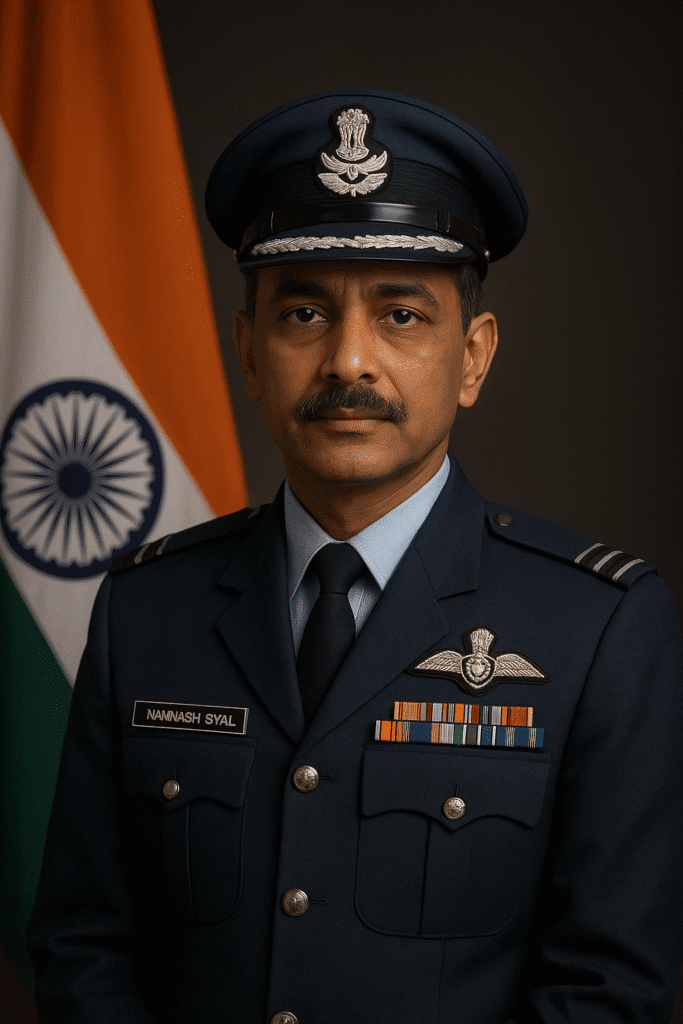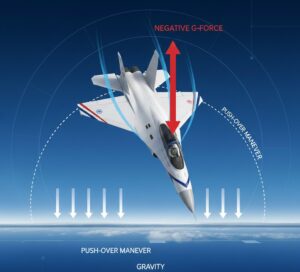
Understanding the Tejas Fighter Jet Crash at the Dubai Air Show

The world of aviation and international defence was struck with solemnity when news broke on a Tuesday that an Indian Air Force (IAF) Tejas fighter jet had crashed. The incident did not occur on a remote training range but in full view of the international aerospace community at the prestigious Dubai Airshow. This event sent shockwaves through India and across global defence circles, casting a shadow over one of the world’s most prominent aerospace exhibitions.
This article provides a comprehensive, in-depth analysis of the Tejas crash, moving beyond the initial headlines to explore the details of the incident, the heroic pilot who lost his life, the technical aspects of the flight manoeuvre involved, the immediate response, and the long-term implications for India’s flagship fighter program.
A Tragic Day at the Dubai Airshow: The Incident Timeline
The Dubai Airshow is a biennial spectacle that showcases the pinnacle of aviation technology, where manufacturers and air forces demonstrate their capabilities to potential buyers and aviation enthusiasts. The Indian Air Force’s participation with the Tejas Light Combat Aircraft (LCA) was a significant moment, aimed at projecting India’s growing prowess in indigenous defence manufacturing.
On November 14, 2023, the Tejas aircraft, part of a two-ship formation, was performing at the airshow. The jet, a single-seater Tejas MK1, was being flown by a highly experienced test pilot. Reports and eyewitness videos indicate that the crash occurred during a display manoeuvre shortly after takeoff for the flying demonstration.
The aircraft was seen climbing steeply before it stalled, entered a spin, and impacted the ground in an area near the Dubai-Al Ain road. Crucially, the pilot did not eject. The crash resulted in a fiery explosion, and the pilot, despite his immense skill and experience, succumbed to his injuries. The second Tejas jet in the formation safely returned to its base.
Remembering the Hero: Wing Commander Namnash Syal

Behind the headlines and the charred wreckage was a life of dedication, courage, and service. The IAF identified the pilot as Wing Commander Namnash Syal, a distinguished test pilot attached to the National Flight Test Centre (NFTC) in Bengaluru.
Wing Commander Syal was not just a pilot; he was among the elite few entrusted with the critical task of testing the limits of India’s most advanced aircraft. As a test pilot with Hindustan Aeronautics Limited (HAL), he was intimately involved in the Tejas program. His role was to push the aircraft to its performance envelope, understand its characteristics, and ensure its safety for other pilots. He was known for his exceptional skill, calm demeanor, and deep understanding of aviation mechanics.
His death is a profound loss not only for his family and friends but for the entire Indian Air Force and the nation’s aerospace community. He represented the very best of Indian military aviation—a professional who made the ultimate sacrifice in the line of duty. Himachal Pradesh Chief Minister Sukhvinder Singh Sukhu was among the first to condole the death, highlighting the pilot’s roots in the state and the tragedy of the loss.
The Technical Culprit: What is the “Negative G” Manoeuvre?

Initial investigations, based on telemetry data, eyewitness accounts, and video footage, point towards a specific flight manoeuvre as a key factor in the crash. The term that has emerged from official sources is the “Negative G” manoeuvre.
To understand what happened, we need to break down the physics involved:
· Positive Gs :
During most manoeuvres like turns or pull-ups, pilots experience positive Gs. This force pushes them down into their seats, and blood is pulled from their head to their feet. Modern fighter jets and pilots are designed to withstand high positive Gs (often 9G or more).
· Negative Gs:
A negative G force occurs when an aircraft pushes its nose down abruptly or performs an inverted push. This force has the opposite effect: it pushes the pilot upwards against their harness, and blood rushes towards their head. This is a much more unusual and disorienting sensation.
The manoeuvre in question is believed to be a “push-over” or “bunt” after a steep climb. The pilot likely initiated a rapid descent, creating a significant negative G environment. This can lead to two critical issues:
1. Engine Flameout:
Jet engines are designed to operate with a steady flow of fuel and air into the combustion chamber. A sudden, sustained negative G can disrupt this flow. The fuel, due to inertia, moves to the top of the fuel tanks and lines, while the engine’s fuel pumps are at the bottom. This can cause a momentary interruption in fuel supply, leading to a “flameout” where the engine stops generating thrust.
2. Loss of Control:
A combination of low airspeed at the top of a climb, a sudden loss of thrust, and the disorienting effect of negative Gs can make it extremely difficult for a pilot to recover control of the aircraft, especially at a low altitude.
In the dense, complex environment of an airshow display, where manoeuvres are performed close to the ground with minimal room for error, this sequence of events can unfold in a matter of seconds, leaving little time for recovery.
Immediate Aftermath and the IAF’s Response
(.)
The response to the crash was immediate and protocol-driven. The Dubai authorities swiftly secured the crash site and initiated firefighting and recovery operations. The Indian Air Force, in coordination with the UAE authorities, launched a formal Court of Inquiry (CoI) to investigate the exact cause of the accident.
An IAF statement confirmed the tragic incident and the loss of the pilot, expressing condolences to the family. The inquiry will delve into every possible aspect, including:
· Analysis of the Flight Data Recorder (FDR) and Cockpit Voice Recorder (CVR), if recoverable.
· Scrutiny of ground and airshow footage.
· Review of maintenance logs and the aircraft’s service history.
· Evaluation of the pilot’s briefing and the planned display sequence.
In a significant and prudent step, the IAF temporarily grounded the entire fleet of Tejas Mk1 fighter jets as a precautionary measure. This is a standard safety procedure followed by air forces worldwide after an accident to allow for initial inspections and to rule out any fleet-wide technical issues. It is a measure of caution, not an indication of a fundamental flaw in the aircraft.
The Tejas Program: A Setback or a Test for an Indigenous Marvel?
(.)
The Tejas is more than just a fighter jet; it is a symbol of India’s strategic ambition for self-reliance in defence. Developed by Hindustan Aeronautics Limited (HAL), the Tejas is a single-engine, multi-role light combat aircraft. It has been a success story, overcoming decades of development challenges to become a fully operational squadron-serving fighter with the IAF.
The crash, while tragic, must be viewed in the context of aviation development. Flight testing and demonstration are inherently risky endeavours. Every major aircraft program in history, from the F-16 to the Su-30, has suffered accidents during its development and display phases. These incidents, as painful as they are, provide invaluable data that makes the aircraft safer and more reliable in the long run.
The Tejas had an impeccable safety record until this point, with no previous crashes since its first flight over two decades ago. This fact alone speaks volumes about the robustness of its design and the quality of its testing program. The grounding of the fleet is a temporary phase of introspection and verification.
The crash is unlikely to derail the program. In fact, the rigorous investigation will likely lead to modifications in flight control software, pilot training protocols for display flying, or operational limitations for certain manoeuvres. This process of continuous improvement is embedded in the ethos of aviation.
Looking Ahead: The Path to Recovery and Renewed Confidence
The Tejas program is at a critical juncture, with the more advanced Tejas MK1A variant slated for delivery to the IAF soon. This incident will undoubtedly lead to heightened scrutiny, but it also presents an opportunity to further strengthen the program.
The key steps going forward will be:
1. A Thorough and Transparent Investigation:
The CoI’s findings will be crucial. A clear, technically sound explanation will be essential to restore confidence.
2. Implementing Safety Recommendations:
The IAF and HAL must diligently act on the CoI’s recommendations, whether they relate to hardware, software, or procedures.
3. Resuming Operations with Confidence:
Once the cause is understood and addressed, the grounded fleet will return to the skies, safer for the lessons learned.
4. Honoring the Legacy:
The best tribute to Wing Commander Namnash Syal would be to ensure that his sacrifice leads to a safer, more capable Tejas aircraft, securing his legacy in the annals of Indian aviation history.







